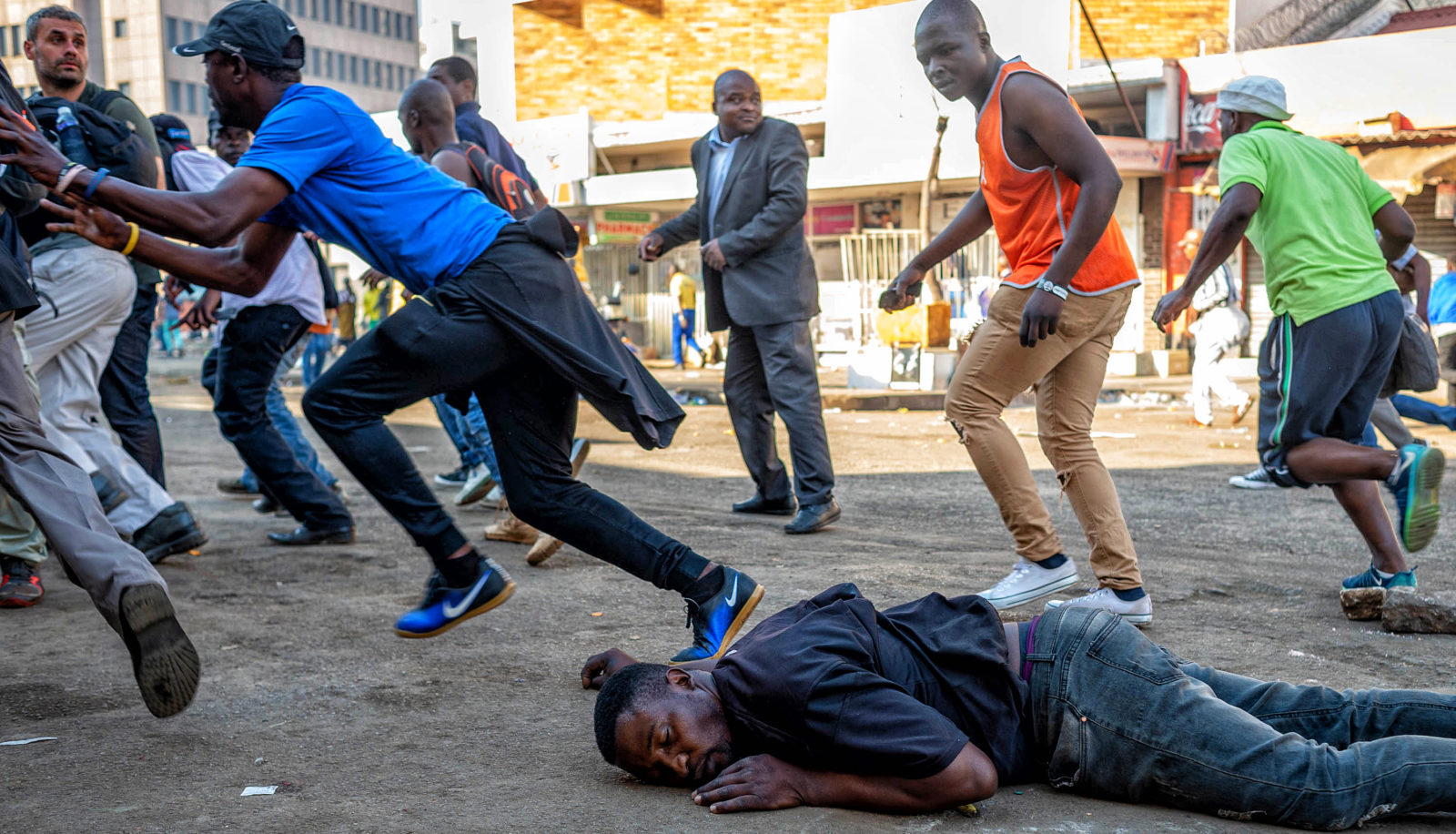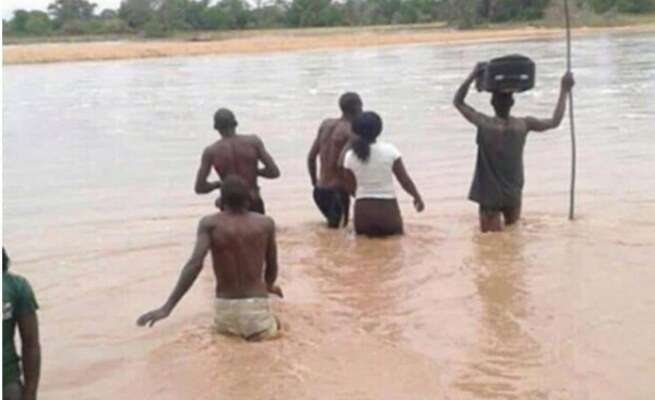
BY RESEARCH AND ADVOCACY UNIT
Zimbabwe has an enviable record in Africa for the quality of its educated population.
The enormous investment in education from the beginning of Independence in 1980, has drawn favourable comment in Africa and around the world.
It is thus deeply disturbing that schools have become sites of repression and teachers targets for repression.
Children have been forced to attend political rallies, schools have become places where partisan political meetings take place, and teachers have become the targets of intimidation and violence.
This is no new phenomenon. Teachers were targets for political violence during the liberation war, and have been targets in most elections since 2000, with 2008 perhaps the worst to date.
The Zimbabwe Human Rights NGO Forum (Human Rights Forum) documented 283 cases of human rights violations against teachers in the period from January 2001 to June 2002.
In 2008, 50% of teachers in a national sample of 1 034 teachers reported an incident of organised violence, with half of these reporting that this happened at school in front of children.
- Chamisa under fire over US$120K donation
- Mavhunga puts DeMbare into Chibuku quarterfinals
- Pension funds bet on Cabora Bassa oilfields
- Councils defy govt fire tender directive
Keep Reading
In all the focus on teachers it is well not to forget the effects on young children.
An examination of the data collected by the Human Rights Forum between 2000 and 2009 showed 103 cases where children were specifically identified as being victims of or direct witnesses to political violence.
It also showed 89 cases where violence occurred at schools, involving violence against teachers, violence taking place at schools, or schools being used as “bases”, and 254 cases where violent attacks took place at citizens’ homes, where the implication is that children may have been involved, but children are not mentioned specifically.
Teachers tried to prevent the abuse of schools, children and teachers during the 2018 elections.
The teachers’ unions approached the Zimbabwe Human Rights Commission, who issued a comprehensive report and recommendations, but these were ignored.
Veritas then took a case on behalf of the Amalgamated Rural Teachers’ Union of Zimbabwe (ARTUZ) against political parties commandeering school premises and other property, eg. buses, furniture (chairs and tables etc.) for their campaigning.
The court application also asked that coercing school children and teachers to attend or participate in rallies, wearing party regalia or performing at political rallies and coercing teachers to contribute in cash or in kind towards rallies, must be stopped.
The case resulted in an interdict on political parties doing so. The case came to the attention of the UN which commended the outcome.
Unfortunately Zanu PF appealed to the Supreme Court presided over by the chief justice, who overturned the interdict.
It is now important that the use of school properties and the abuse of children and teachers in political campaigns should be outlawed in the new Education Amendment Bill.
When reports came in that teachers were once again being targeted, this time for participating in industrial action, the Safe Learning Institutions Initiative (SLII) decided that it was important to document what was happening. Two methods were used.
The first was an SMS-based reporting system, using a simple binary code, and 366 teachers responded using this system.
The second method was interviews with individual teachers, using a prepared and tested questionnaire, and this generated 634 completed questionnaires. The data was compiled, analysed and forms the basis for this report.
The SMS data was used as the basis for validating the questionnaire data.
The sample was composed of mature persons who might be expected to be making reasoned decisions about their conditions, most were qualified teachers and very few were either student teachers or temporary teachers.
These were teachers with lengthy experience in their jobs: 51% had been teaching for more than eight years. Nearly 40% had been at their present post for more than seven years, and over 70% had been there more than four years.
The majority of the teachers reported mostly intimidation (71%), humiliation (42%) and threats (60%), but there were some very serious violations alleged that have been independently followed up.
As regards the perpetrators, and in the context of an industrial dispute, the frequencies of ministry officials (25%), members of school development committees (15%) and traditional leaders (11%) are a very worrying sign.
Furthermore, it is even more distressing that 66% reported that the violations were witnessed by children, either at school or at home.
Of those that reported witnessing a violation, the majority (58%) reported that this happened at school. This collaboration of community members apparently ganging up on their own teachers can do very little for community cohesion, and even less for children having trust in their teachers.
We also inquired about past experiences, and for many this was not the first time that they had experienced political violence.
Teachers are significantly more likely to experience a human rights violation in an election year than in any other year, and 81% had had a violation during an election year.
2008 was far and away the worst year for teachers, and 48% of the sample reported being the victim of political violence during that election.
They also reported similar experiences in 2013 (19%) and 2018 (18%). 4 In summary then, there are very high rates of alleged intimidation, humiliation and threats, both directly experienced and witnessed. The main alleged perpetrators are Zanu PF supporters, ministry officials, members of the school development committees (SDC) and traditional leaders.
In the context of an industrial dispute, it is evident that the only parties to the dispute are the teachers engaged in dispute and their employer, the Ministry of Primary and Secondary Education.
Thus, traditional leaders and members of the SDC have no business getting involved, and none of the above-mentioned parties — Zanu-PF, ministry officials, SDCs and traditional leaders — have any business intimidating, humiliating or threatening teachers on strike.
Thirty-two reports were deemed as “serious cases” and were referred to the Counselling Services Unit and the Legal Unit of the Zimbabwe Human Rights NGO Forum.
Initial psychiatric screening of all clients indicated that 60% had scores signifying high psychological trauma levels warranting counselling and medical interventions. As a result, 29 clients (19 males and 10 females) received individual counselling sessions and are being followed up.
Only 25% reported being injured, and only 17% sought any form of medical assistance for the injury.
It was clear that the large majority did not report overt violence, but violations, especially if not reported and no help given, can lead to psychological disorder.
The literature on trauma strongly points out that the most common short and long-term consequences of organised violence and torture is psychological disorder, with fear of recurrence, usually anxiety, being a major feature of many psychological disorders, and particularly Post-Traumatic Stress Disorders.
This will obviously be exacerbated if the cause of the fear lies close at hand, and (69%) answered that they live in the same community where they know and see perpetrators of violence.
* This is an abridge version of a report titled: Can there be safe schools for children if teachers are not safe? A report on violations against Zimbabwean teachers during industrial action in 2019 produced by the Research and Advocacy Unit on behalf of the Safe Learning Institutions Initiative.











